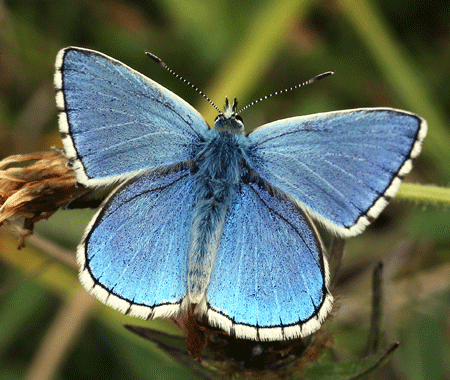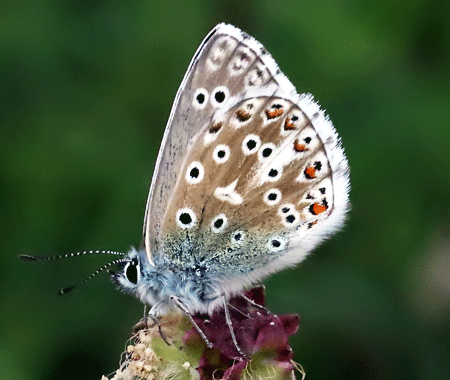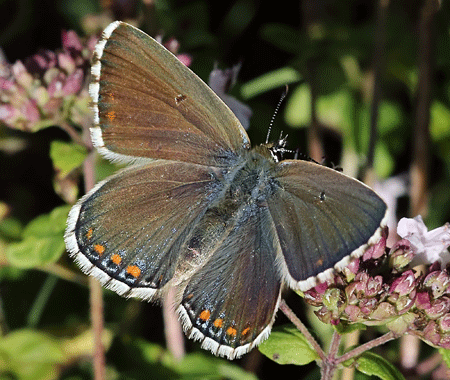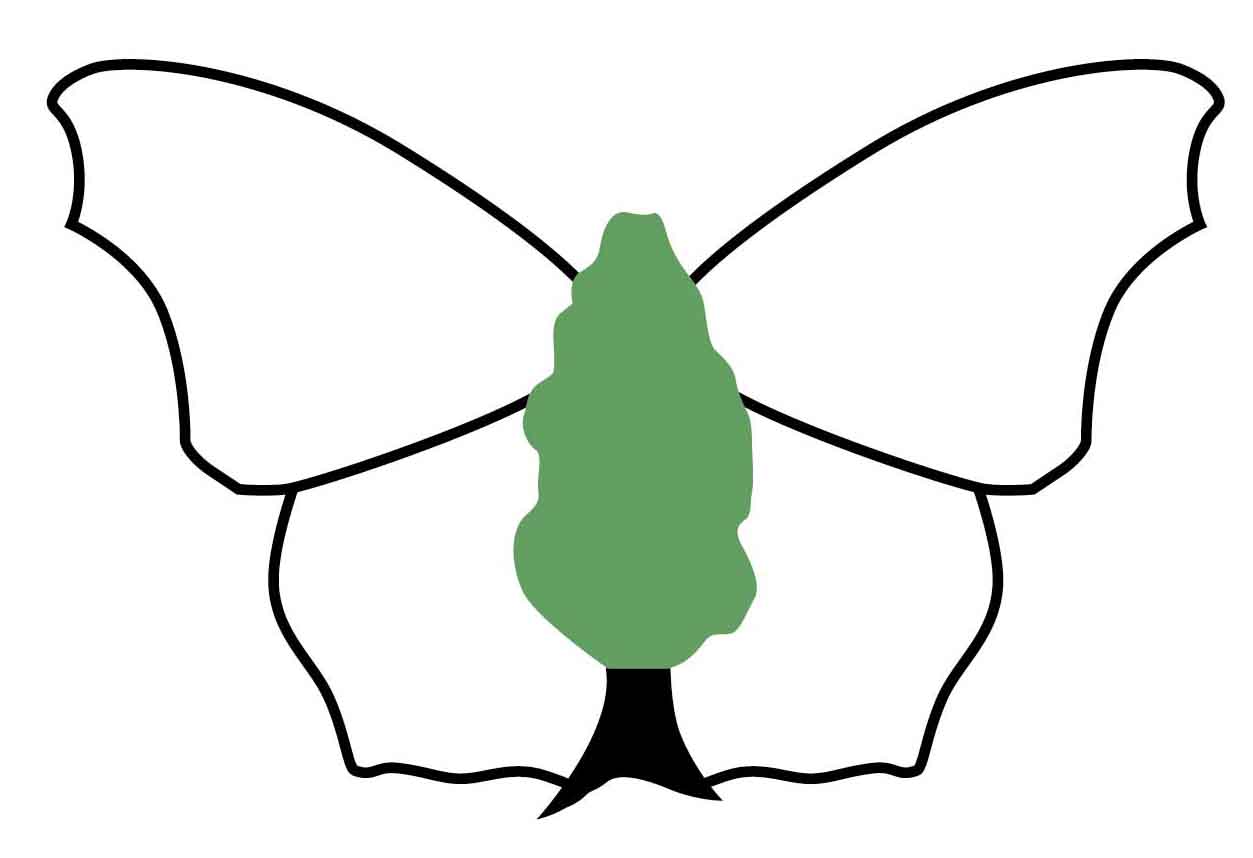 | Butterfly Conservation Saving butterflies, moths and our environment | Upper Thames Branch | 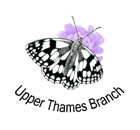 |
Adonis Blue (Polyommatus bellargus) | ||||||||||||||||||||
| Description | ||||||||||||||||||||
| Wing span: 30-40 mm. The Adonis Blue sexes are strongly dimorphic; the males are a brilliant blue, and the females are chocolate brown. This species is restricted to the south and east of England. It is found on chalk and limestone grassland where the turf is short. | ||||||||||||||||||||
| Images (click to enlarge) | ||||||||||||||||||||
| ||||||||||||||||||||
| Life Cycle | ||||||||||||||||||||
| There are two broods each year. The first emergence is in the second half of May, peaking at the end of May or beginning of June. The second emergence is in the second half of August, peaking at the end of August or beginning of September. The larva is the over-wintering stage. Larvae are often attended by a species of red ant (Myrmica sabuleti) or black ant (Lasius alienus). | ||||||||||||||||||||
| Larval Foodplants | ||||||||||||||||||||
| The sole larval food plant is Horseshoe Vetch (Hippocrepis comosa). | ||||||||||||||||||||
| Nectar Sources | ||||||||||||||||||||
| Adults feed primarily on Marjoram and Ragwort. | ||||||||||||||||||||
| UK Conservation Status | ||||||||||||||||||||
| Vulnerable | ||||||||||||||||||||
| Earliest UTB first sighting (since 2004) : 4th May | ||||||||||||||||||||
| Mean UTB first sighting (since 2004) : 20th May | ||||||||||||||||||||
| Species Champion | ||||||||||||||||||||
| Maureen Cross & Margery Slatter Email: adonis-blue@upperthames-butterflies.upperthames-butterflies.org.uk | ||||||||||||||||||||
| Reports | ||||||||||||||||||||
| Distribution and Sites | ||||||||||||||||||||
 Key |
| |||||||||||||||||||
| Related Species | ||||||||||||||||||||
| ||||||||||||||||||||
Copyright © Butterfly Conservation Upper Thames Branch 2025
Privacy and Copyright Statement
Butterfly Conservation : Company limited by guarantee, registered in England (2206468)
Registered Office: Manor Yard, East Lulworth, Wareham, Dorset, BH20 5QP, Tel: 01929 400 209
Charity registered in England & Wales (254937) and in Scotland (SCO39268)
Privacy and Copyright Statement
Butterfly Conservation : Company limited by guarantee, registered in England (2206468)
Registered Office: Manor Yard, East Lulworth, Wareham, Dorset, BH20 5QP, Tel: 01929 400 209
Charity registered in England & Wales (254937) and in Scotland (SCO39268)

